Mountain railways represent some of humanity’s most ambitious engineering achievements, carrying passengers into landscapes where trees refuse to grow, where oxygen thins and the air grows sharp. These mechanical marvels climb beyond the tree line into alpine worlds that seem designed for mountain goats rather than steam engines. The timberline—that elevation where forests give way to alpine tundra—varies by latitude and local climate, but crossing it always signals entry into a different realm entirely. Engineering these railways required solving problems that would make most modern contractors reach for stronger coffee and consider career changes.
Here is a list of 12 mountain railways that climb above timberline, each offering journeys into landscapes that exist at the edge of what’s possible.
Pikes Peak Cog Railway
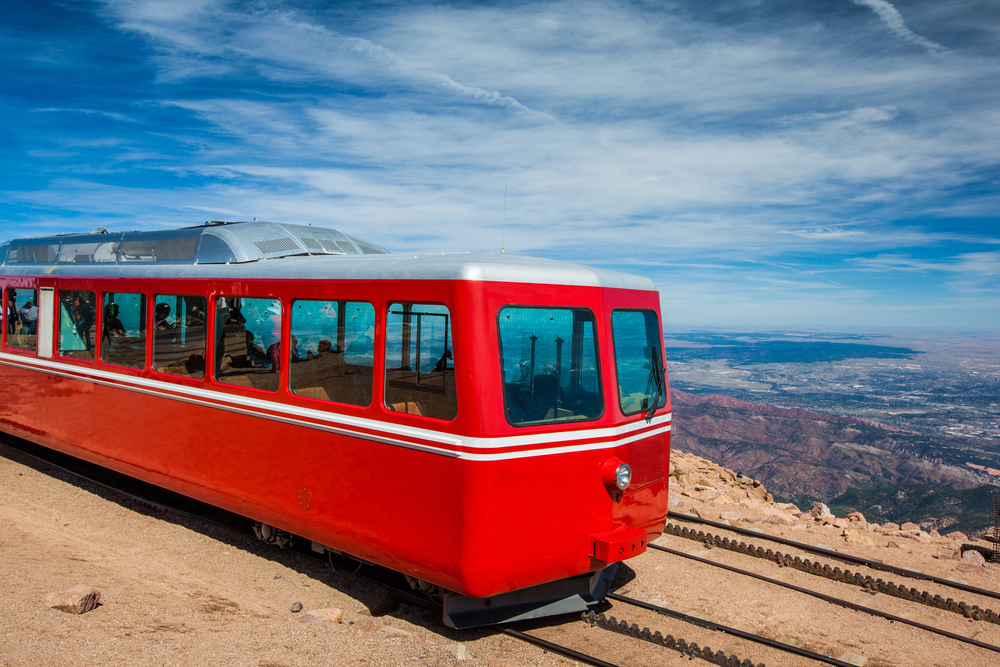
Colorado’s famous cog railway climbs 14,115 feet to the summit of Pikes Peak, making it the highest railway in North America and one of the steepest in the world. The 8.9-mile journey takes passengers through four distinct climate zones, from montane forests to alpine tundra that resemble Arctic conditions.
Swiss-built locomotives use a cog-and-rack system to maintain traction on grades of up to 25 percent, steep enough to make passengers grateful for seat belts and motion sickness medication. The railway operates year-round despite weather conditions that would shut down most transportation systems, offering views that inspired the lyrics to ‘America the Beautiful’ and continue to render visitors temporarily speechless.
Mount Washington Cog Railway
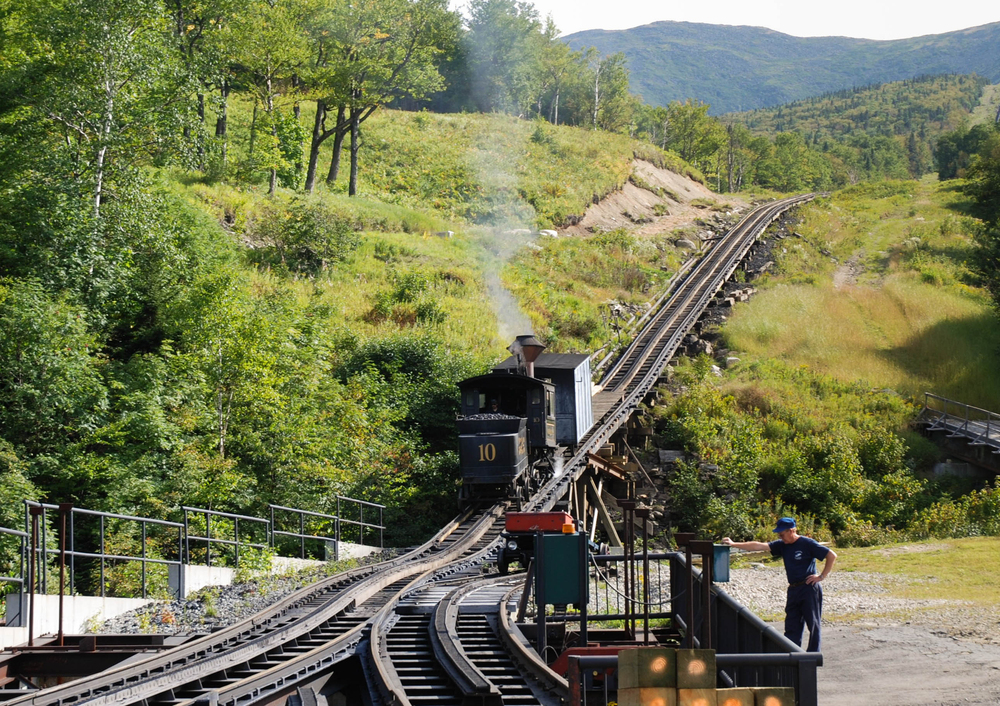
New Hampshire’s Mount Washington Cog Railway, built in 1869, holds the distinction of being the world’s first mountain-climbing cog railway and remains one of the most challenging to operate. The 3.3-mile track climbs 3,700 feet to reach the 6,288-foot summit, where weather conditions can change from pleasant to life-threatening within minutes.
The railway’s steam locomotives burn a ton of coal per trip while navigating grades that reach 37.4 percent—steep enough that passengers feel like they’re climbing a ladder rather than riding a train. Wind speeds at the summit regularly exceed 100 mph, creating conditions so severe that the weather station doubles as a testing facility for Arctic research equipment.
Like Travel Pug’s content? Follow us on MSN.
Jungfraujoch Railway
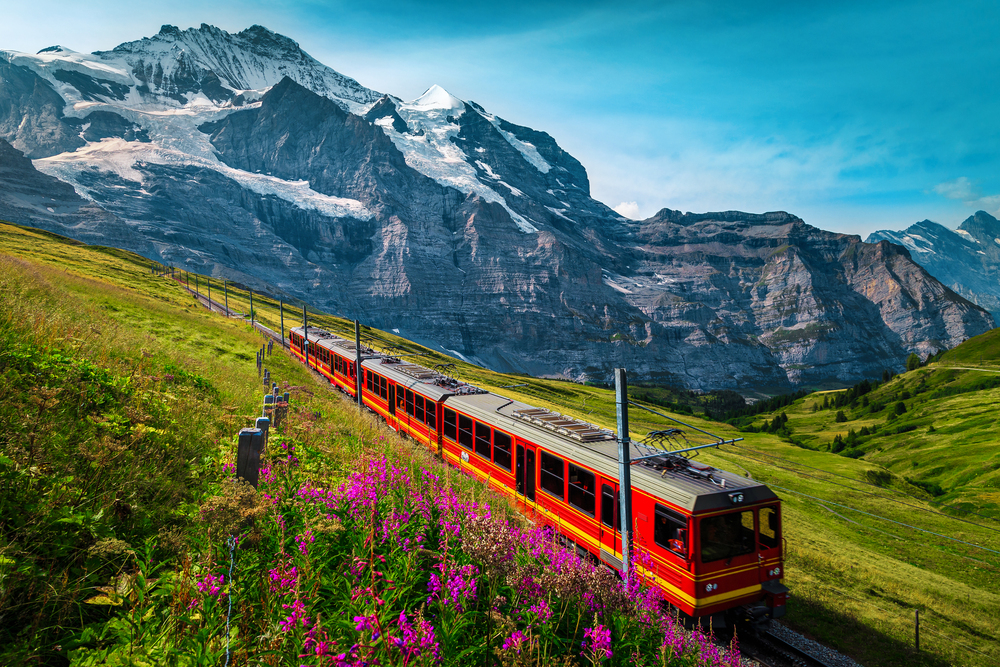
Switzerland’s Jungfraujoch Railway tunnels through the Eiger and Mönch mountains to reach Europe’s highest railway station at 11,332 feet, earning its nickname as the ‘Top of Europe.’ The final section runs entirely through tunnels carved from solid rock, with observation windows that provide glimpses of the surrounding glacier system.
Passengers experience altitude effects that include shortness of breath and occasional lightheadedness, while outside temperatures remain below freezing even in summer months. The railway serves as the primary access point for the Jungfraujoch research station, where scientists study high-altitude physiology and climate change effects on alpine ecosystems.
Gornergrat Railway
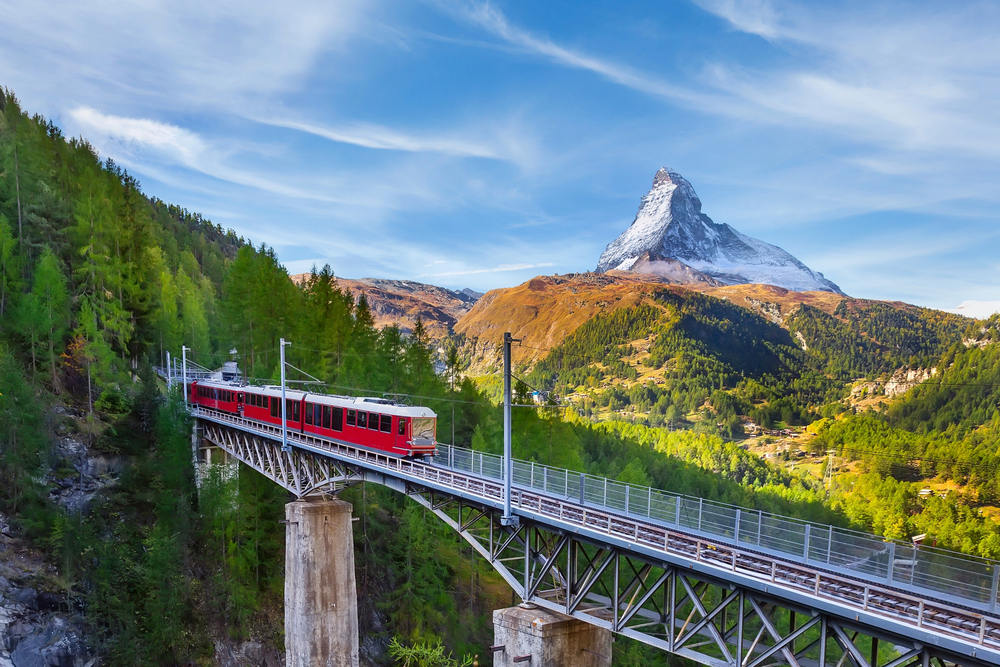
The Gornergrat Railway in Switzerland climbs 4,872 feet over 5.86 miles to reach its terminus at 10,135 feet, offering direct views of the Matterhorn and Monte Rosa massif. The cogwheel system enables the train to navigate grades up to 20 percent while passing through landscapes that transition from Alpine meadows to barren rock and permanent snowfields.
Passengers often experience altitude-related symptoms during the 33-minute journey, while outside temperatures can drop 30 degrees Fahrenheit between the base and summit stations. The railway operates year-round using specially designed trains equipped with heated cars and panoramic windows that frame some of the most photographed mountain scenery in the world.
Snowdon Mountain Railway
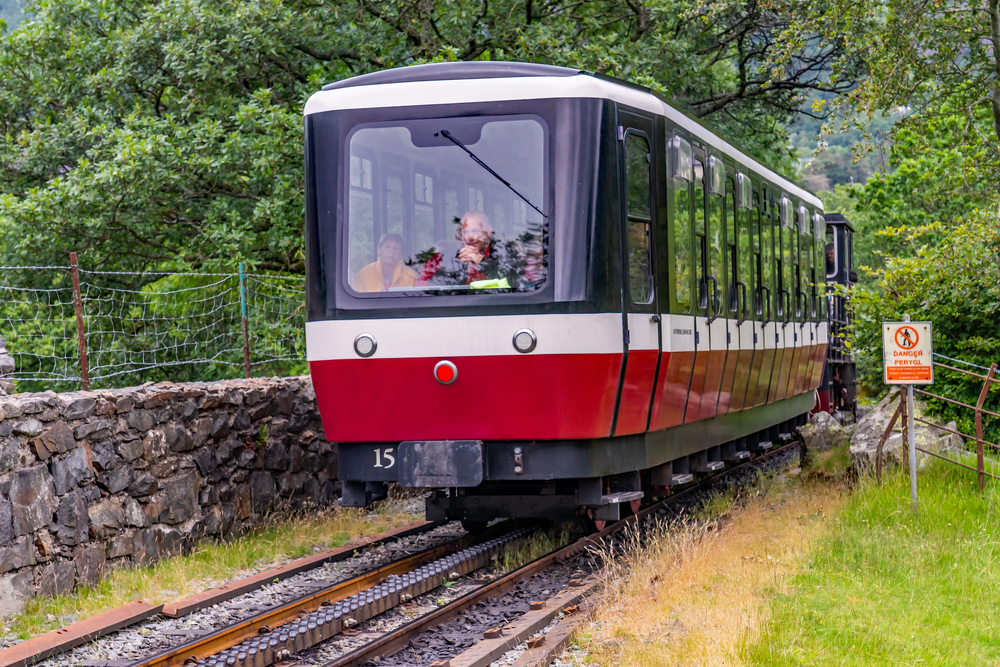
Wales’ Snowdon Mountain Railway climbs 3,560 feet to reach the 3,560-foot summit of Wales’ highest peak, passing through landscapes that support unique Arctic-alpine plant communities. The 4.7-mile journey takes passengers through terrain that changes from temperate rainforest to windswept tundra where only the hardiest plants survive.
Swiss-built steam and diesel locomotives navigate grades up to 20 percent while dealing with weather conditions that can include snow, sleet, and fog simultaneously. The railway operates only during favorable weather conditions, as summit winds regularly exceed 100 mph, and visibility can drop to mere feet during sudden weather changes.
Like Travel Pug’s content? Follow us on MSN.
Pilatus Railway

Switzerland’s Pilatus Railway holds the world record as the steepest cogwheel railway, with maximum grades reaching 48 percent on its climb to 6,982 feet. The 2.8-mile journey takes passengers through vertical landscapes where traditional railways would simply slide backward down the mountain. Specially designed locomotives use a unique rack system that provides enough traction to climb slopes that resemble ski jumps more than conventional railway grades.
Passengers experience significant altitude changes during the 30-minute journey, while outside temperatures drop noticeably as the train climbs through increasingly sparse vegetation zones into alpine tundra.
Schafberg Railway
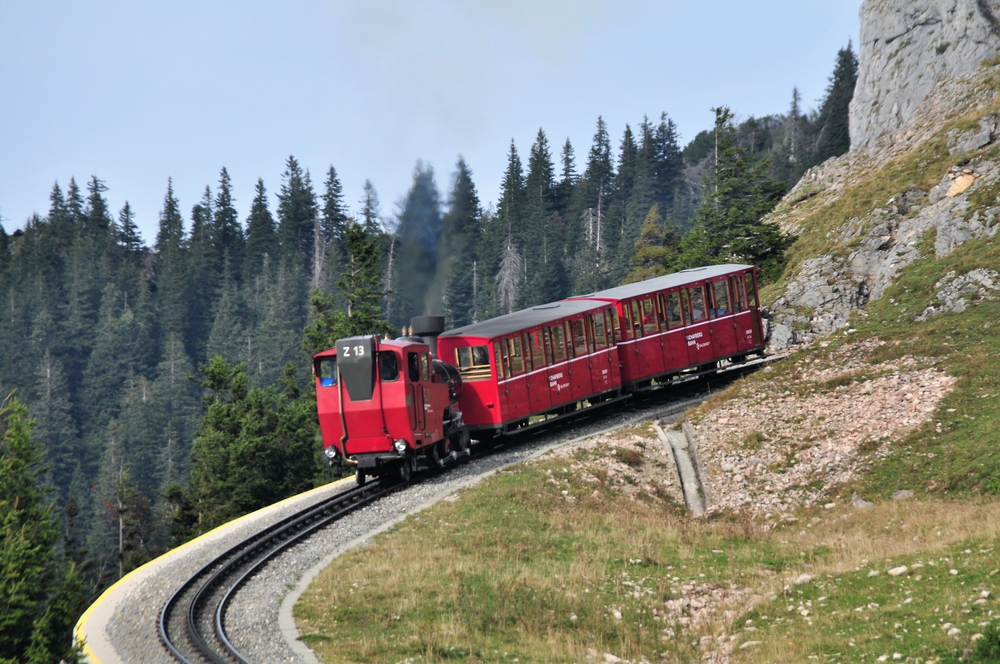
Austria’s Schafberg Railway climbs 3,504 feet over 3.5 miles to reach its 5,850-foot summit, offering panoramic views of the Salzkammergut lake district and surrounding Alps. The steam-powered cogwheel trains navigate grades up to 26 percent while climbing through terrain that transitions from deciduous forests to alpine meadows and finally to windswept summit tundra.
Passengers experience noticeable temperature drops during the 40-minute ascent, while outside conditions can include snow and freezing temperatures even during summer months. The railway operates vintage steam locomotives that burn wood and coal while producing enough smoke to create their weather systems on calm days.
Mount Rigi Railways
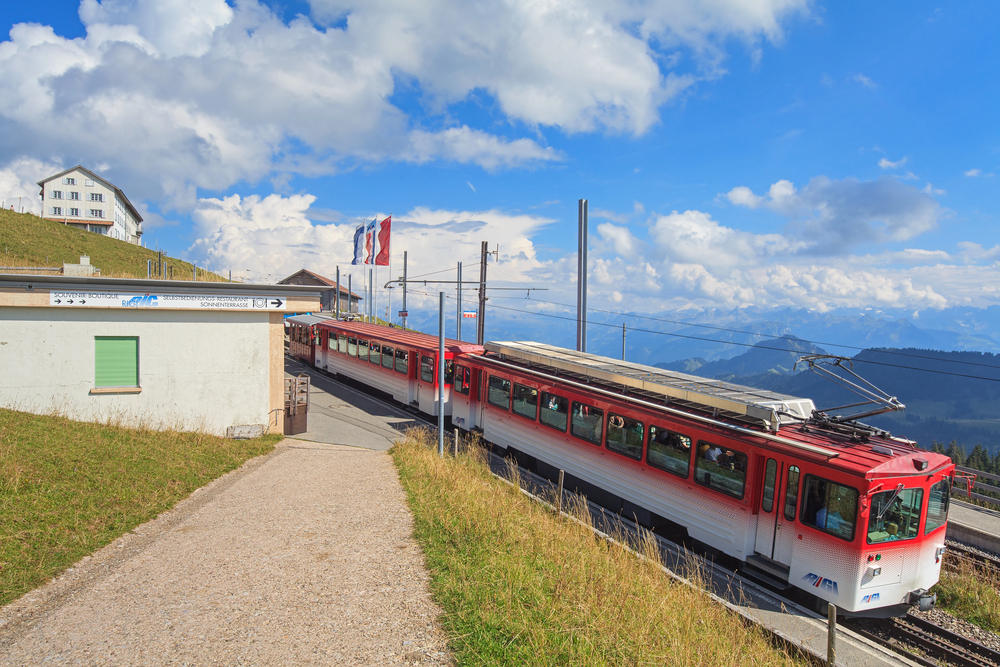
Switzerland’s Mount Rigi railway system combines multiple lines to reach the 5,896-foot summit, passing through landscapes that inspired countless Romantic-era paintings and poems. The cogwheel trains climb through terrain that changes from lakeside meadows to alpine tundra where only specialized high-altitude plants can survive. Passengers experience altitude effects during the journey, while outside temperatures drop significantly between the base stations and the summit.
The railway operates year-round using trains equipped with heated cars and snow-clearing equipment capable of handling accumulations that would bury conventional vehicles.
Like Travel Pug’s content? Follow us on MSN.
Brienz Rothorn Railway
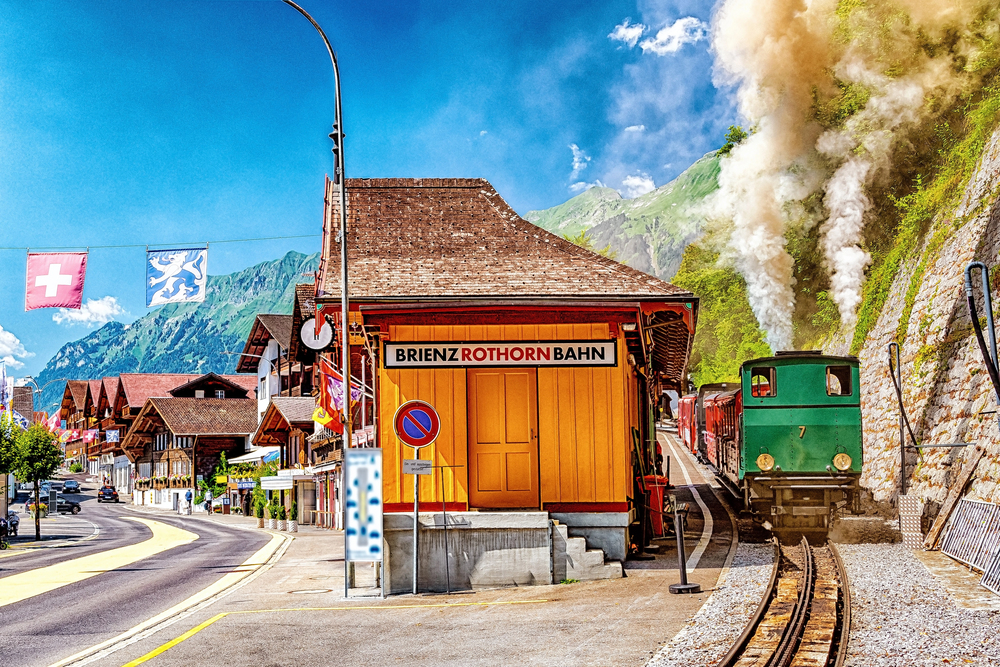
Switzerland’s Brienz Rothorn Railway uses steam locomotives to climb 5,128 feet over 4.6 miles, reaching the 7,710-foot summit where weather conditions resemble those found in the Arctic. The journey takes passengers through terrain that transitions from temperate forests to alpine tundra, where growing seasons last only a few months.
Passengers often experience shortness of breath and other altitude-related symptoms, while outside temperatures can drop below freezing even during summer months. The railway operates vintage steam locomotives that burn coal while producing enough smoke to create dramatic photographic opportunities against mountain backdrops.
Abt Railway
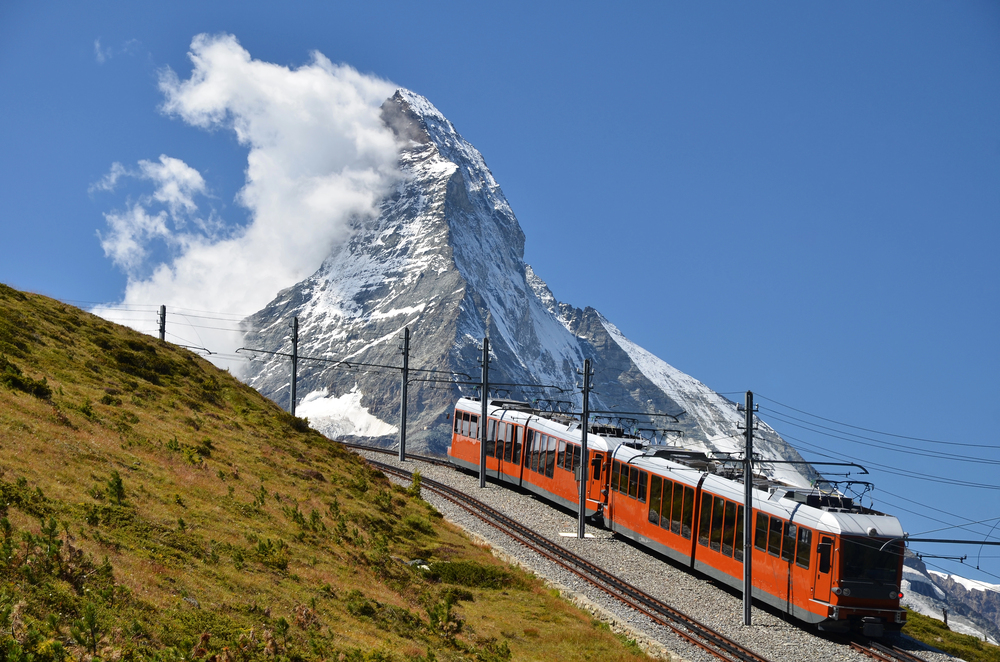
Australia’s Abt Railway climbs through Tasmania’s wilderness to reach elevations where temperate rainforests give way to alpine moorlands that exist above the local treeline. The 2.5-mile journey uses a unique rack-and-pinion system to navigate grades up to 16 percent while passing through terrain that supports plant communities found nowhere else on Earth.
Passengers experience dramatic temperature and humidity changes during the 90-minute journey, while outside conditions can include snow, sleet, and freezing rain simultaneously. The railway operates specially designed trains equipped with heating systems and weather protection necessary for operating in one of the world’s most unpredictable mountain environments.
Lookout Mountain Incline Railway
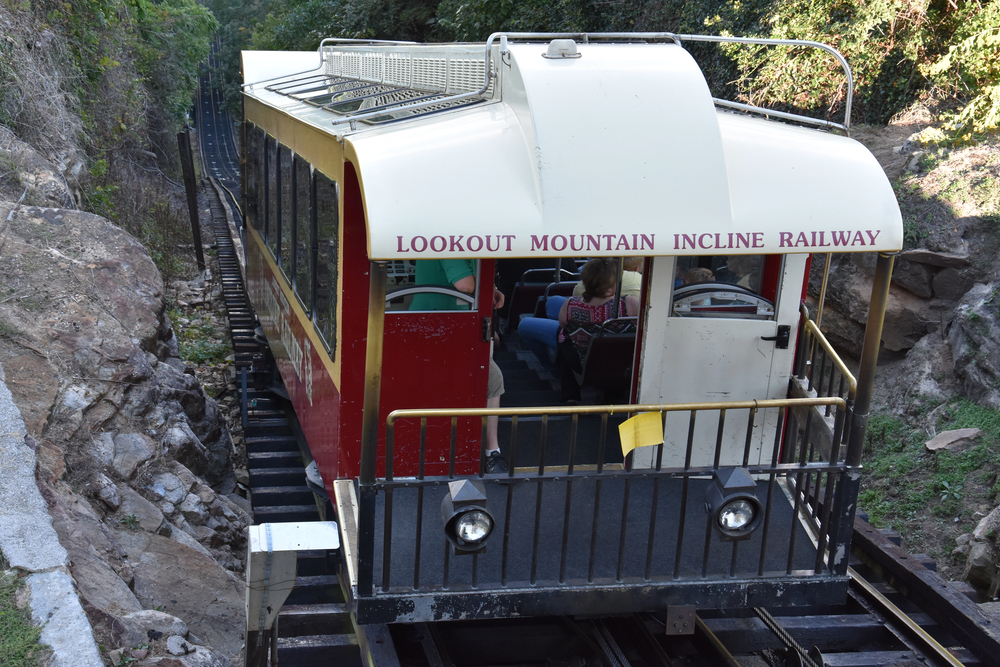
Tennessee’s Lookout Mountain Incline Railway climbs 1,400 feet over 2,800 feet of track, reaching elevations where the Cumberland Plateau’s forests give way to exposed rock faces and alpine-like conditions. The journey uses a cable system to navigate grades that reach 72.7 percent—steep enough that passengers feel like they’re riding in an elevator rather than a train.
Passengers experience significant altitude changes during the 15-minute journey, while outside temperatures and wind conditions can vary dramatically between base and summit stations. The railway operates year-round using cars equipped with emergency braking systems and safety cables capable of preventing runaway situations on the mountain’s steep grades.
Like Travel Pug’s content? Follow us on MSN.
Peak 2 Peak Gondola
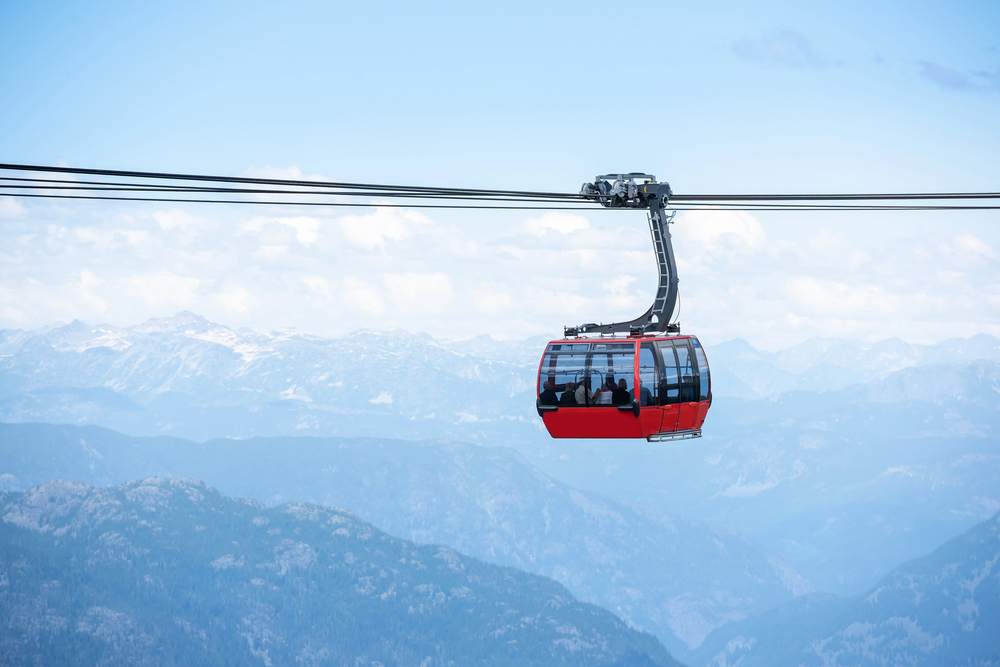
British Columbia’s Peak 2 Peak Gondola connects Whistler and Blackcomb mountains at elevations that reach 7,160 feet, passing through alpine terrain where only specialized high-altitude plants can survive. The 1.88-mile journey includes a 1.4-mile unsupported span that makes it one of the longest gondola spans in the world.
Passengers experience significant altitude changes during the 28-minute journey, while outside temperatures can drop below freezing even during summer months. The gondola operates year-round using specially designed cars equipped with heating systems and weather protection necessary for operating in extreme mountain conditions.
Rails to the Sky

These mountain railways prove that human ingenuity can overcome seemingly impossible topographical challenges while providing access to landscapes that exist at the very limits of what’s habitable. The engineering solutions required to build and operate these systems represent some of humanity’s most impressive mechanical achievements, combining precise calculations with brute-force determination.
Each railway offers passengers the opportunity to experience environments that exist above the tree line, where weather conditions, altitude effects, and dramatic scenery combine to create journeys that remain memorable long after the return to sea level.
More from Travel Pug

- Cities Growing so Fast You Won’t Recognize Them in 10 Years
- 13 Destinations Where Tourists Regularly Regret Their Trip
- 16 U.S. Cities That Are Quietly Becoming Travel Hotspots
- Where to Travel If You Love Long Bus Rides and Daydreams
- 20 Cities Perfect for Solo Travelers Who Crave Adventure & Culture
Like Travel Pug’s content? Follow us on MSN.
